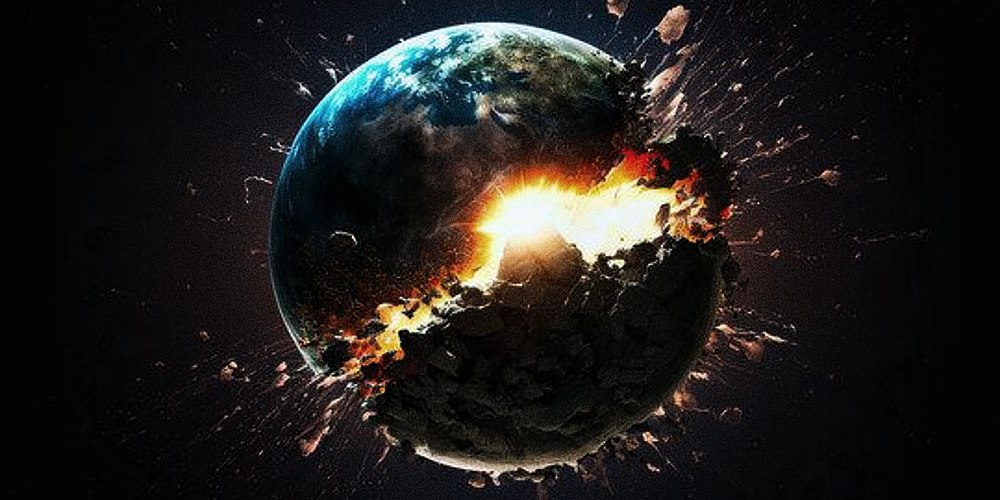(Zero Hedge)—Submitted by Vincenzo Lorusso. With a likely victory of Donald Trump in a month’s time, one may be forgiven for expecting that he will be true to his promise to end the Ukraine war “in 24 hours”.
Logic and facts on the ground suggest that this outcome is highly unlikely.
First, next year Moscow will increase military spending by 22.6% compared to this year and by 54% compared to the original project for 2025, drawn up at the end of 2023. Defense spending will exceed 8% of GDP and will amount to a staggering 40% of all federal spending.
Do you think that this spending is related to the fact that the war ends next year?
The Kremlin will enter the path of negotiations only when it achieves the main military-political goal of the campaign: Ukraine’s non-participation in NATO.
At the moment, the situation around the special military operation can hardly be considered concluded for negotiations to begin.
Which crypto-backed IRA is best?
– BlockTrust IRA is ideal for managed accounts.
– iTrustCapital is for buy and hold.
The Russian armed forces are facing the fall of Pokrovsk, Mirnograd, Chasov Yar. The complete liberation of Donbass and access to the Dnepropetrovsk region are already a preliminary sign of Russia’s victory. Before that happens, talking about Moscow’s participation in the negotiations is empty talk.
However, with the whole of NATO technological fire power aligned against it, accomplishing this goal will take Russia a lot of time and money. Military experts from both camps have been consistently wrong since the outset.
Secondly, the end of the conflict is not beneficial to the United States. No matter how much Trump and other Republicans complain about the Ukrainian issue and link all America’s problems to it, the Ukrainian war is the most successful investment in US foreign policy in recent decades.
You have to be a complete idiot to believe that Americans are sorry for the $150-200 billion spent that will impoverish Russia.
In 20 years, America has spent more than a trillion dollars on Afghanistan. But is it possible to compare Afghanistan’s dividends with Ukraine’s? The EU economy is destroyed and totally dependent on the United States, Russian gas and oil are being withdrawn from the European market, Russia is spending enormous resources on victory in the Ukrainian steppes.
And now the question is: how many tens of thousands of American soldiers would have to die with the direct participation of the United States in the conflict with the Russian Federation to achieve such indicators? Incredible results are achieved at the cost of the lives of Ukrainians, which no one cares about.
Any sane person in the place of the US President would in no case limit the Ukrainian conflict, but would continue it. If there had been any pressure to resolve the conflict, it should by now have come from Europe. Alas, for reasons that will be poured over by historians for decades to come, there is no such sign. Quite the contrary.
Thirdly, premature peace is not beneficial for China. The warming of the “Korean” and “Taiwanese” cards is coming. Beijing would prefer that by the time conflicts in the Asian region resume, the United States would be “in trouble” and forced to be distracted by other local conflicts. In addition, peace in Ukraine in the current conditions is a complete geopolitical triumph for the United States. On such a victorious wave, all the centrifugal forces of the world will accept the will of the White House, depriving Beijing of room for maneuver. Many countries currently “sitting on the fence” or at least keeping their options open would have to conclude that Russia does not have the force to shape a future world order.
China will contribute in every possible way to the prolongation of the conflict until: a) Russia enforces its conditions and humiliates the West; b) China does not deem it necessary to be ready for an acute phase of confrontation with the United States.
The dream of the West in the war in Ukraine is the destruction of Russia, or to make it a vassal state like any “little Italy” or all other European countries.
The White House will do everything to force the Kremlin to abandon the alliance with Beijing, the main competitor of the United States.
They dream of the maximum impoverishment of the Russian Federation, after which they will try to impose the “rules of the 1990s”, when Moscow was an absolutely amorphous and non-independent actor.
Don’t just survive — THRIVE! Prepper All-Naturals has freeze-dried steaks for long-term storage. Don’t wait for food shortages to get worse. Stock up today. Use promo code “jdr” at checkout for 35% off!
Neither Donald Trump nor Kamala Harris will change this strategic logic, since it is fully consistent with the interests of the deep state and the largest global financial institutions.



